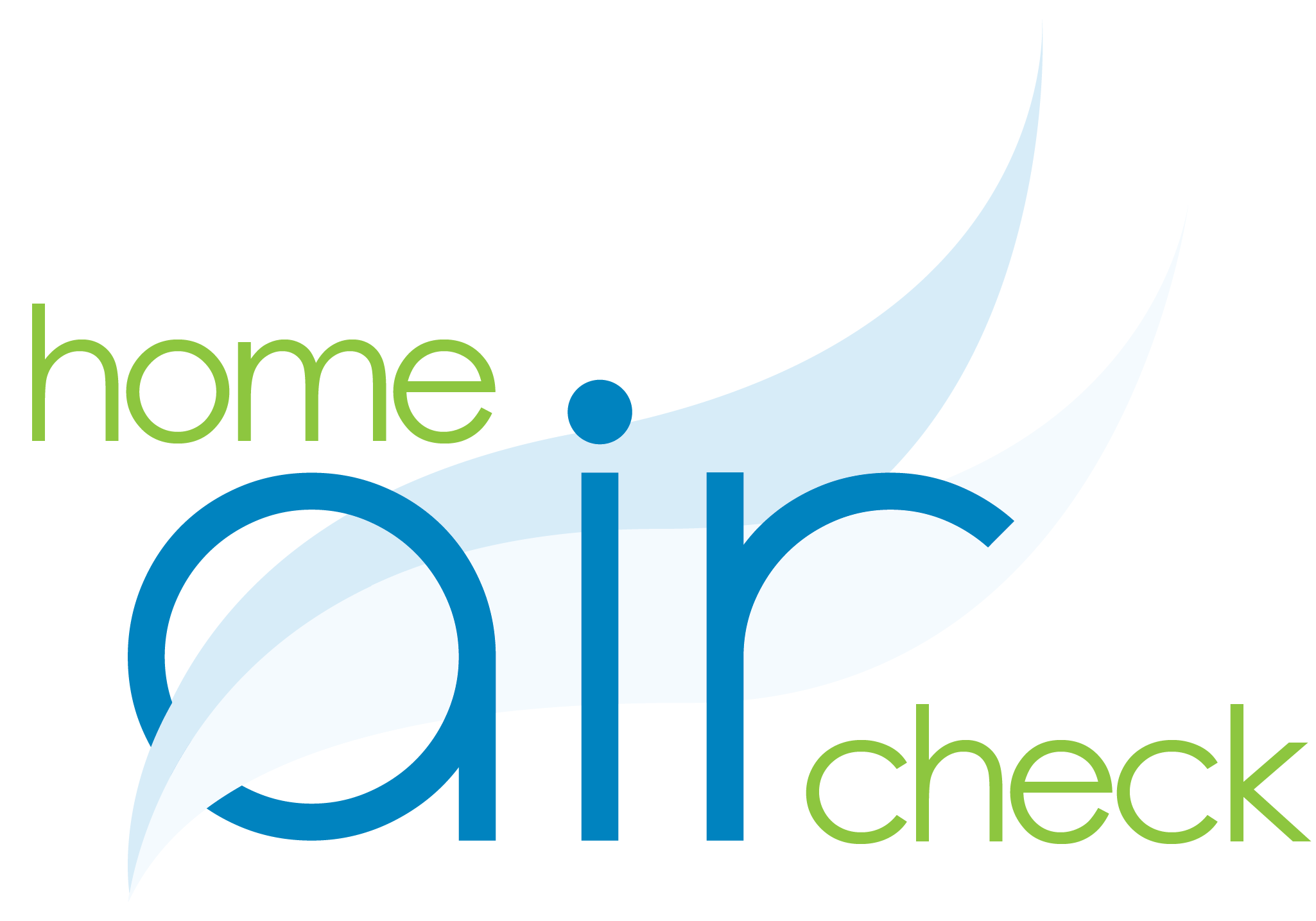In recent years, there has been a growing trend towards eco-friendly and healthier living practices, prompting many to opt for products labeled as “Zero VOC” or “Low VOC,” especially when it comes to home improvement projects like painting. But are these claims all they’re cracked up to be? Let’s delve into the world of paint chemistry and health implications to uncover the truth.
Understanding VOCs
VOC stands for Volatile Organic Compounds, which are chemicals that evaporate at room temperature, releasing potentially harmful pollutants into the air. These compounds are commonly found in various household products, including paints, varnishes, and cleaning supplies. Paints often contain a high level of these pollutants. Prolonged exposure to VOCs can lead to poor indoor air quality causing many health concerns such as respiratory issues, and headaches.
What is Zero VOC Paint?
Zero VOC paint, as the name suggests, contains minimal to no volatile organic compounds, making it a seemingly healthier alternative to traditional paints. These paints typically use water as a solvent instead of traditional petroleum-based solvents, reducing or eliminating VOC emissions during and after application. These paints are often marketed to consumers as a safer option due to its lower emissions. The question that is posed is how much safer are they actually?
The Safety Debate
Proponents of zero VOC paint argue that it provides a safer and healthier environment for both homeowners and the planet. They highlight its low odor, reduced environmental impact, and potential to improve indoor air quality, particularly in spaces where ventilation is limited.
However, the reality is a bit more nuanced. While zero VOC paints do emit fewer harmful chemicals during application and drying compared to their conventional counterparts, they are not entirely free of VOCs. In fact, according to regulatory standards, paints labeled as “Zero VOC” may still contain up to 5 grams of VOCs per liter. So, while technically they are significantly lower concentrations than traditional paints, they are not completely without.
Considerations and Caveats
Incomplete Protection: While zero VOC paints may reduce indoor air pollution, they do not address other sources of VOCs in the home, such as furniture, carpets, or cleaning products. Achieving truly clean indoor air requires a holistic approach that goes beyond paint selection.
Performance: Some argue that zero VOC paints may not perform as well as traditional paints in terms of durability, coverage, and color retention. However, advancements in paint technology have narrowed this gap, offering zero VOC options that rival the performance of conventional paints.
Cost: Zero VOC paints tend to be slightly more expensive than their conventional counterparts. However, the long-term health benefits and environmental advantages may outweigh the upfront cost for many consumers.
While Zero VOC paint certainly offers benefits in terms of reduced exposure to harmful chemicals and environmental sustainability, it’s essential to recognize that no paint is entirely free of VOCs. Additionally, the overall impact on indoor air quality depends on various factors, including ventilation, existing sources of pollution, and individual sensitivities. Ultimately, the choice between zero VOC paint and regular paint boils down to personal preferences, budget constraints, and project requirements. Whether you opt for zero VOC or traditional paint, proper ventilation, protective gear, and adherence to safety guidelines are crucial for a successful and healthy painting experience.
To learn more about VOCs and other common VOC sources: CLICK HERE


